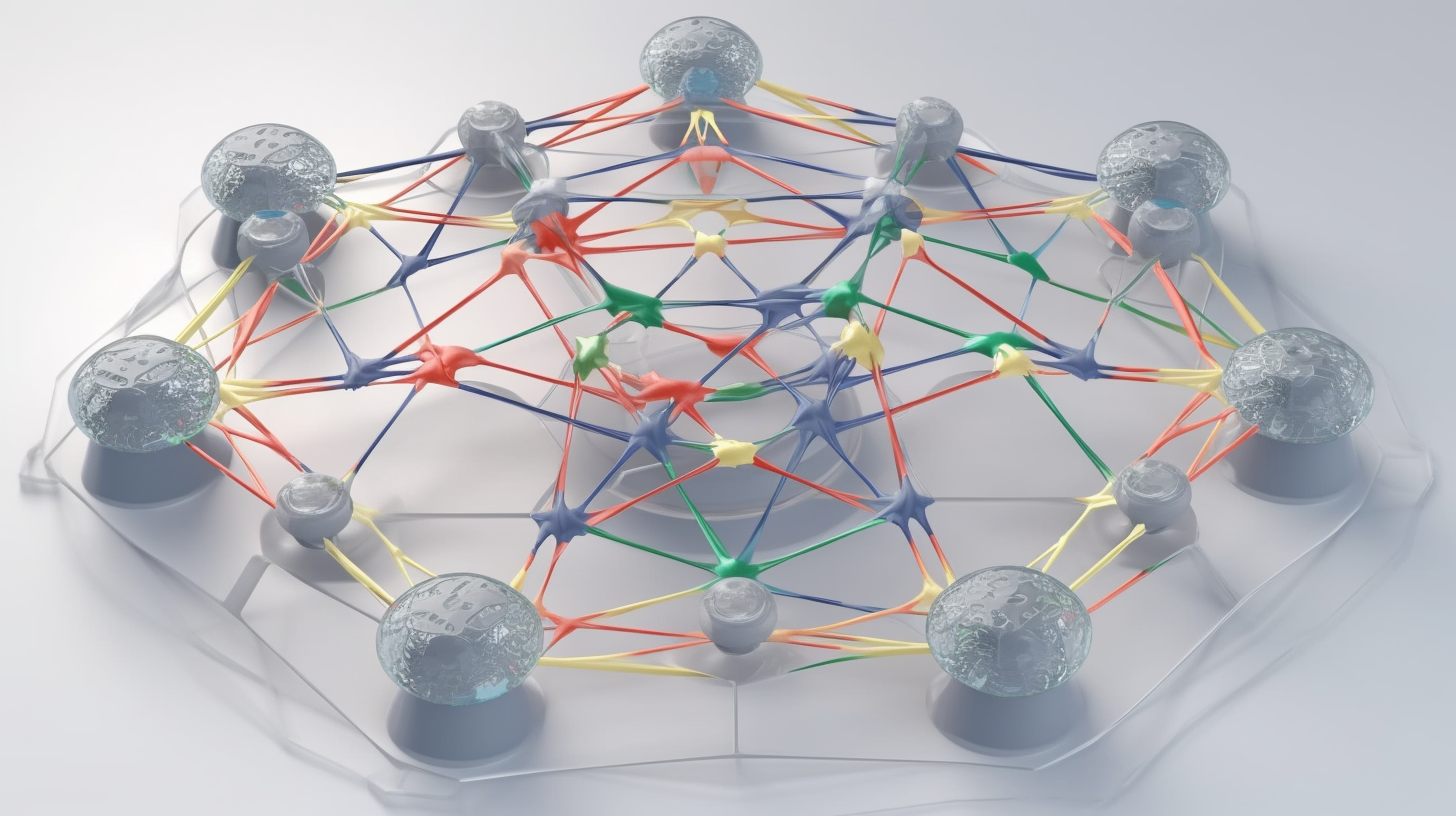Comparing and Contrasting Network Configurations: A Closer Look at Common Concepts

You need to have a firm grasp on network configurations to keep pace with the constant evolution of information technology. We'll draw comparisons and spotlight differences between common network configuration concepts in this article, aiming to paint a clear picture of their strengths, limitations, and common uses. Featuring academic discussion and statistical evidence, this comprehensive exploration caters to both beginner and advanced CompTIA A+ Core 1 (220-1101) exam takers.
The Academic Angle: Network Topologies
First off, let's dive into the world of network topologies. In essence, a network topology maps the different connections in a network. Star, bus, ring, mesh, and hybrid are commonly used topologies, each with its own merits and demerits.
A star topology, for instance, uses a single hub or switch as the connecting point for all network nodes. This ensures that if one node fails, others aren't affected. However, if the central hub goes kaput, your entire network comes crashing down. By contrast, a bus topology has all nodes connected along a single cable, dubbed the bus. Although this setup facilitates easy expansion, a failure in the bus can blindside the whole network.
A ring topology, on the other hand, connects all nodes in a circular chain. While this setup minimizes data collisions, one node's failure can disrupt the entire network. In stark contrast, a mesh topology sees every node connected to every other node, enhancing reliability but also ramping up the complexity of cable management. Finally, a hybrid topology combines various topologies, capitalizing on their strengths and eliminating their weaknesses.
From our perspective, there's no one-size-fits-all solution in the world of network topologies. Every configuration adapts to different scenarios, each bearing its unique set of pros and cons.
The Statistical Side: IP Version Adoption
The question of whether to deploy IPv4 or IPv6 often sparks intense debates across the IT industry. IPv4, launched in the 1980s, stands as the most widely used protocol. However, we are quickly depleting the approximately 4.3 billion addresses of IPv4. Enter IPv6, with a vast address space of 340 undecillion addresses, promising to future proof our networks.
The transition to IPv6 began more than a decade ago, but its adoption rate isn't as high as expected. According to Google, as of August 2021, IPv6 adoption is only around 33.94%. This signifies that a significant portion of the global internet is still clinging on to IPv4, despite its evident limitations.
However, the silver lining is discernible in certain regions. For instance, India leads the pack in IPv6 adoption with a 62.65% rate, followed closely by Belgium at 60.78%, and Germany at 52.70%. Even so, despite these regions quickly adopting IPv6, a sizable chunk of the internet there still operates on IPv4, underscoring the enduring legacy of the older protocol.
In conclusion, statistical evidence points toward an existential struggle between IPv4 and IPv6. The gradual yet slow adoption of IPv6, despite its limitless address space and enhanced security, demonstrates the ingrained resilience of IPv4. As we move forward, the interplay of these protocols promises to redefine the contours of our networking landscape.
Examining Further: Dynamic and Static IP Addresses
Diving deeper into the realm of IP addressing, we can highlight two categories: dynamic and static IP addresses. A dynamic IP address changes dynamically, as its name suggests, every time a device connects to the network. A DHCP (Dynamic Host Configuration Protocol) manages this process, automatically assigning IP addresses which makes for a cost-effective and less labor-intensive solution.
On the other hand, a static IP address, once assigned to a device, remains unchanged, guaranteeing steady communication between devices. Despite requiring manual configuration and being more expensive, static IP addresses greatly benefit servers, Virtual Private Networks (VPNs), and other applications that need continuous and stable connections.
Therefore, choosing between static and dynamic IP addresses depends on your network's requirements. While dynamic IP addresses are more manageable and cost-effective, static IP addresses provide a permanent address and a stable connection, albeit at a higher cost.
Through this comparison and contrast of common network configuration concepts, we hope to lend you a better understanding of network architectures, IP protocols, and address types, thereby aiding your preparation for the CompTIA A+ Core 1 (220-1101) exam.